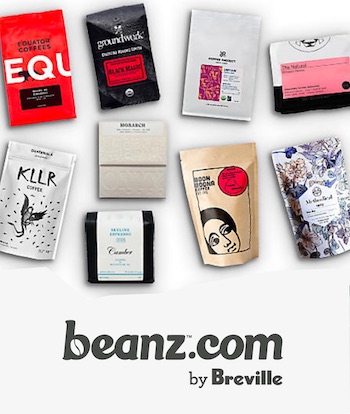Coffee and its associated brewing methods can be very cyclic, in that they tend to come and go, are forgotten, and get rediscovered. Siphon was the most popular brewing method by a long stretch in the USA in the 1930-40s, but was pretty much forgotten by the 1960s. Melitta invented pour over coffee and was the main flag carrier for the brewing method for 80 years, before the V60 came along and “introduced” pour over coffee to millions of new fans.
That cyclic nature of coffee and its brewing method is usually a very good thing. New generations discovering semi-forgotten, but otherwise good brewing methods, techniques and styles, then end up posting pretty Instagram pictures featuring it. This gets others excited. Soon, the connected global community gets all hot and bothered about an old thing becoming new again usually leading to inevitable improvements and advancements in that style or technique. We all benefit from it.
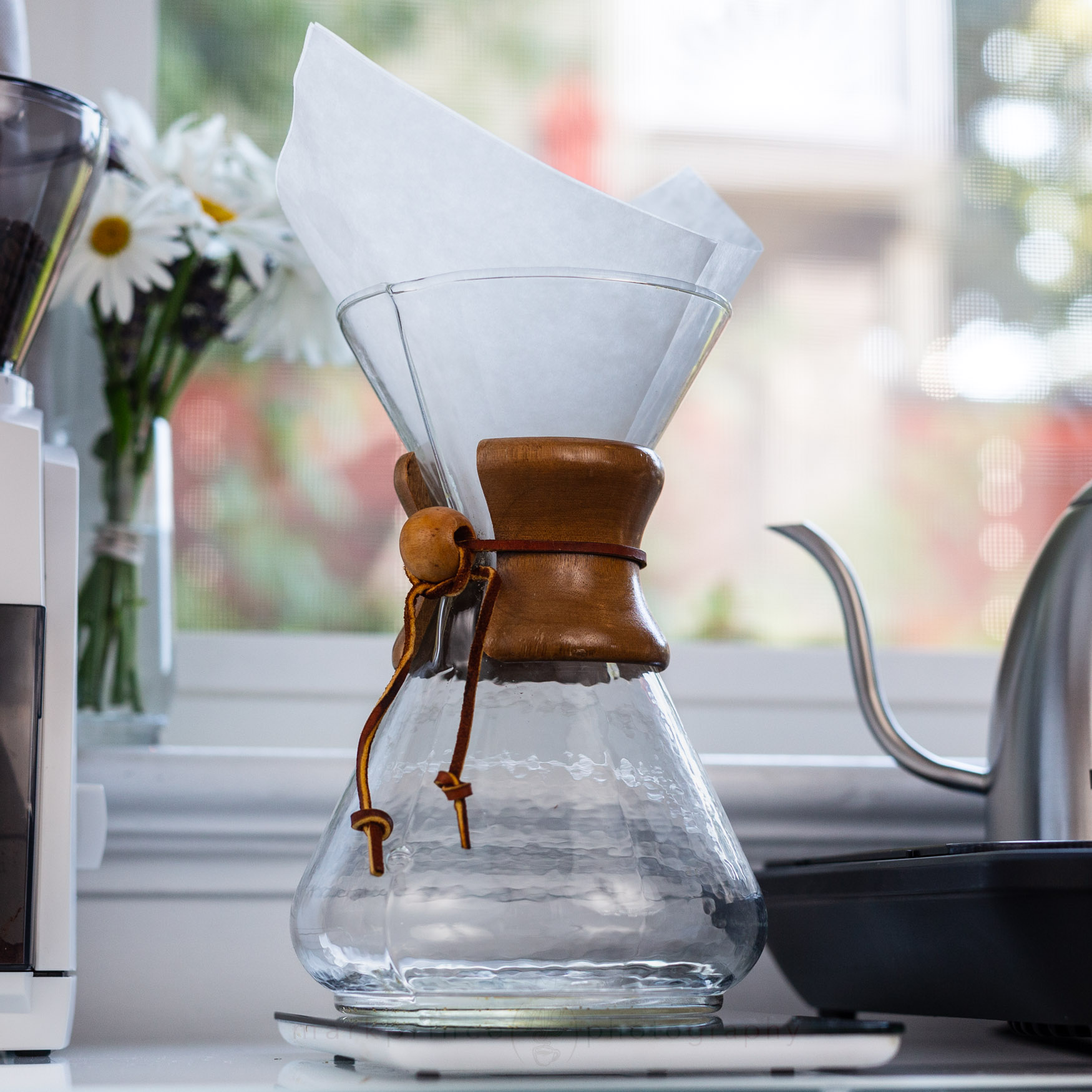
No-bypass coffee brewing, with or without controlled dilution is not new. The Chemex is a no-bypass coffee brewer, and it’s been doing so since the 1940s. The AeroPress is a no-bypass coffee brewer. Heck, even the Americano – that drink made with a double shot of espresso and added water – is an example of no-bypass coffee brewing with dilution.
Thing is, not many folks talked about it. Then Jonathan Gagne, a noted coffee nerd who also happens to be a rocket scientist (ok, an astrophysicist – but let’s not split hairs) wrote a long article on how he noticed limiting any bypass of brewing water to coffee grounds resulted in a better cup of coffee. His blog post was noticed, and many big voices in specialty coffee ran with it.
So now, no-bypass brewing is a very hot topic in the connected coffee world, and companies are releasing products to do no-bypass brewing in new and inventive ways. Let’s dive into this subset of the pour over coffee market.
What is No-Bypass Coffee?
As short as I can describe it, no-bypass coffee brewing means nearly all of the water you use for brewing coffee passes through the bed of coffee. There is no escape route for the water to go through lesser volumes of ground coffee, or no coffee at all.
In a recent newsletter, I went into more detail on no-bypass vs standard bypass coffee brewing.
Most pour over and auto drip coffee making is bypass brewing, to a certain extent. Bypass refers to some of the brewing water that manages to find its way into the coffee carafe without having much contact with ground coffee. Some of it flows down the sides, in the space between paper filter and filter holder. Some extracts out the sides of the paper filter, passing through very little ground coffee. It is the normal part of brewing filter coffee, and this is one of the main reasons why so much emphasis is placed on how you pour hot water over a bed of coffee when brewing pour over.
The ratio of ground coffee to brewing water (we recommend 1:14) is based on the knowledge that some of that brewing water will not pass through ground coffee during the brewing process. It’s a bit of a built in failsafe, ensuring good extraction.
No-bypass means you are forcing all your brewing water to pass through the bed of coffee. The benefit here is you can use less coffee to achieve the same cup result. That’s because you are hyper–optimizing the extraction of solubles and non solubles from ground coffee. Or you can use the same ratio of coffee to water that you would with a normal pour over, add dilution at the end, and get a larger volume of brewed coffee from the same amount of grounds.
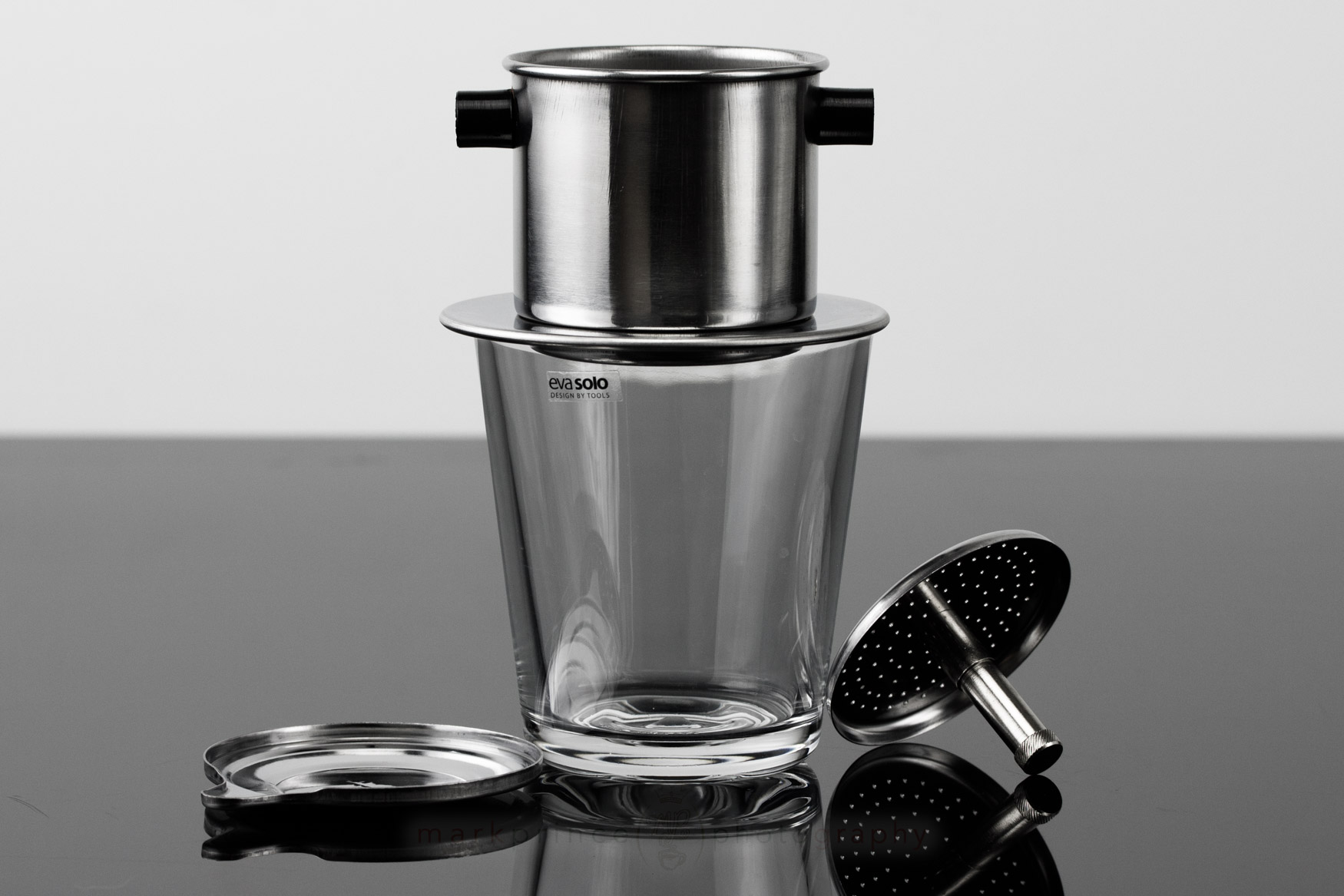
It’s that latter part – the dilution – that makes things a bit new here, but again, not really. The humble americano – a double shot of espresso diluted with hot water – is a prime example of no-bypass, super high extraction ratio coffee with added dilution. The Vietnamese phin coffee maker is a very traditional and well used no bypass coffee brewer, brewing small amounts for coffee drinks that get iced and sweetened with condensed milk.
Traditional Bypass Coffee Brewing
Going back to the Melitta filter holder designs in the 1930s, paper filter drip brewers have always had vanes or flow channels built into them. (in a bit of irony, Melitta Bentz’s original dripper from the early 1900s was more of a no-bypass model without vanes!). These vanes and channels allow some bypass of the brewing water. This is done so you don’t end up with 20 minute brew times in larger batch brewers (like 1.2l auto drip machines) but also done because of a belief amongst the product designers that extraction can happen in a wide three dimensional area, not just via the bottom of a paper filter.
In large batch brewers, vanes and flow channels make a lot of sense. They also do make sense in single cup pour overs if you want a cup of brewed coffee in under 4 minutes. Use the right amount of ground coffee (that 1:14 ratio as a starting point) to achieve a good “SCA gold standard” cup. We don’t think of it as adding extra coffee to ensure a proper extraction ratio, but since traditional pour over coffee is a bit wasteful (it’s not a 100% good-stuff extraction ratio), it really is adding extra coffee.
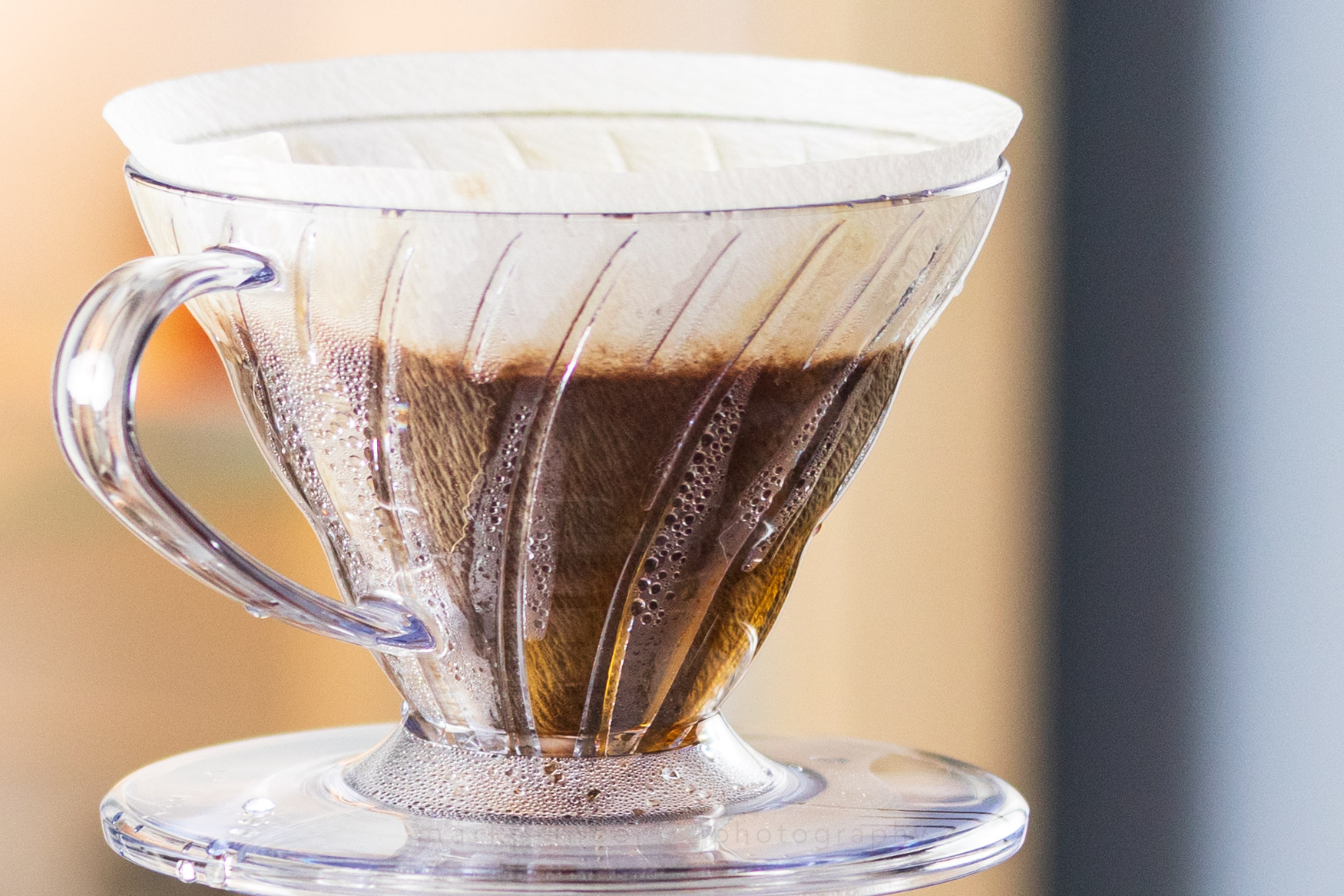
That side flow of brewing water through paper filters is a sometimes-uncontrolled variable. But it is also a controllable variable, which is why so many people have “pouring technique” videos out there on Instagram, Tiktok and Youtube. Pour on the outer edges of the filter with your gooseneck kettle, and more bypass happens. Pour just in the middle of the filter, and less bypass happens.
Pour fast into the cone filter, and more bypass happens. Or does it? Because the faster you pour, the more agitation you create, and theoretically, the more you mix and move ground coffee in its interaction with the brewed water, thus increasing extraction and limiting bypass.
This is why bypass is more of an uncontrolled variable than a controlled, repeatable, consistent one. And this is why interest in no-bypass brewing is growing: it takes away that uncontrolled variable, and leads to more consistent, repeatable, and adjustable extraction rates. Nearly 100% of your brewing water will pass through the bed of coffee in the no-bypass brewing method.
This also means a good tasting cup of coffee can be brewed with less ground coffee, ml for ml in the cup. The CoffeeGeek Ratio for pour over coffee is 1:14 (or even 1:12.5); that is 7-8g per every 100ml of brewing water. For no-bypass, you can push this to 1:20, which would be just 5g per 100ml of brewed coffee.
And we haven’t even started to really experiment yet!
The Wild West of No-Bypass
It’s a bit wild west out there for no-bypass brewing, as I type this.

One company pushing two excellent products (NextLevel, with their LVL-10 and Pulsar) really believes in controlled dilution of any no-bypass coffee you brew with their device. Others brewer makers think you should just adjust to a 1:20 ratio and brew based on that. Still others are pitching the idea of staged pours into no-bypass brewers, even though those brewers are designed with water flow dispersion screens that evenly saturate and cover the bed of coffee (and the flow rate of the brewed coffee is so slow, that any staged pour doesn’t make a lot of sense).
There’s potential in all three approaches (and others not even detailed in this post). NextLevel’s approach of controlled dilution gives you even greater control over your final extraction ratio and TDS in the cup. They believe the worst part of brewing extraction happens in the last 20% or so, so why not eliminate that portion of the brew, and “finalise” the cup with adding hot water at the end.
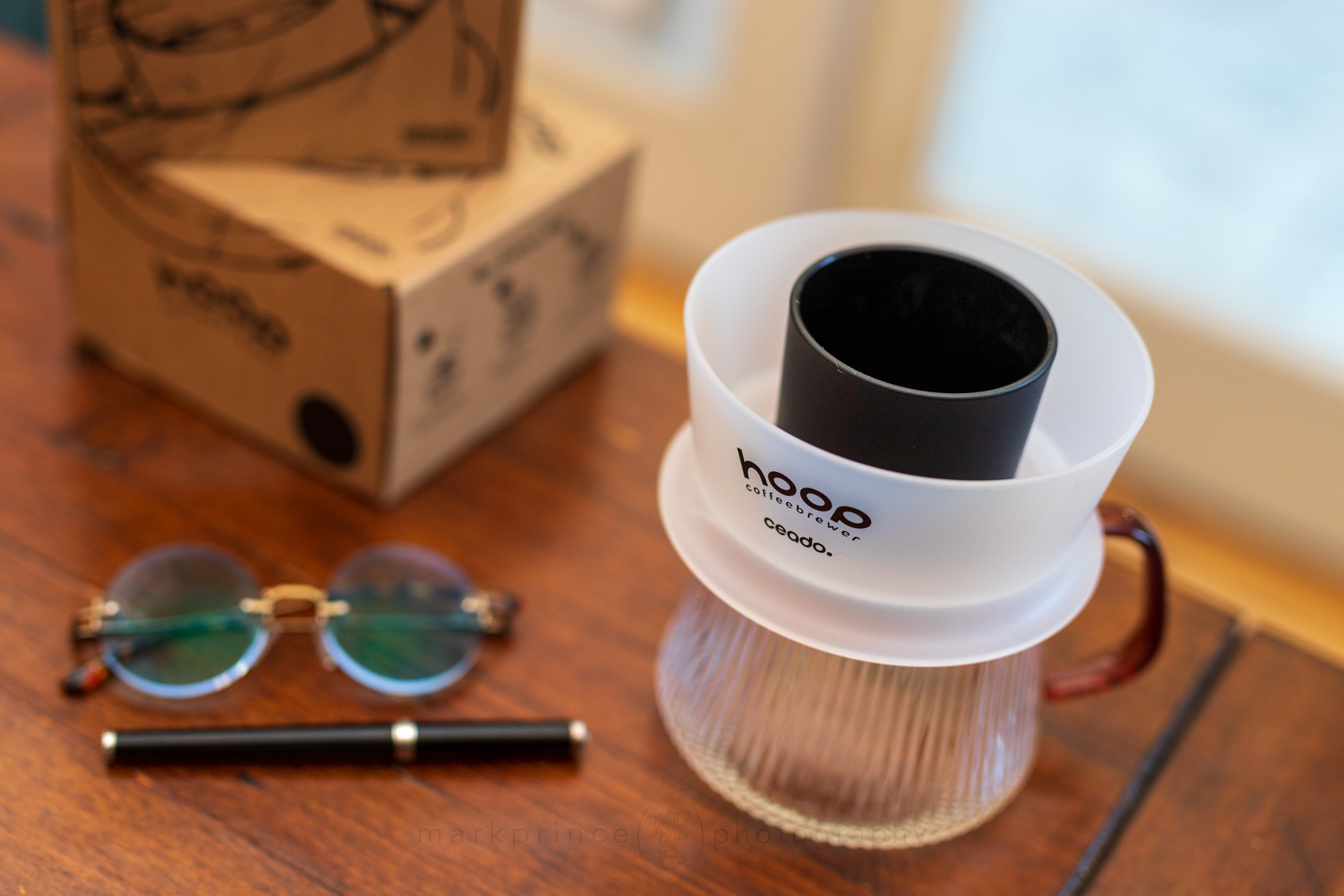
Ceado approaches no-bypass an entirely different way: they feel their no-bypass coffee brewer, the Hoop, is ideal for just simplifying the brewing process. Their design eliminates the need for fancy stirs, paused pours, bloom phases and the like, What’s interesting is their approach isn’t a full saturation brew; instead, the Hoop uses a controlled, constant, low-agitation flow of brewing water from the outer hoop to the brewing chamber in the middle where the ground coffee sits above a suspended paper filter.
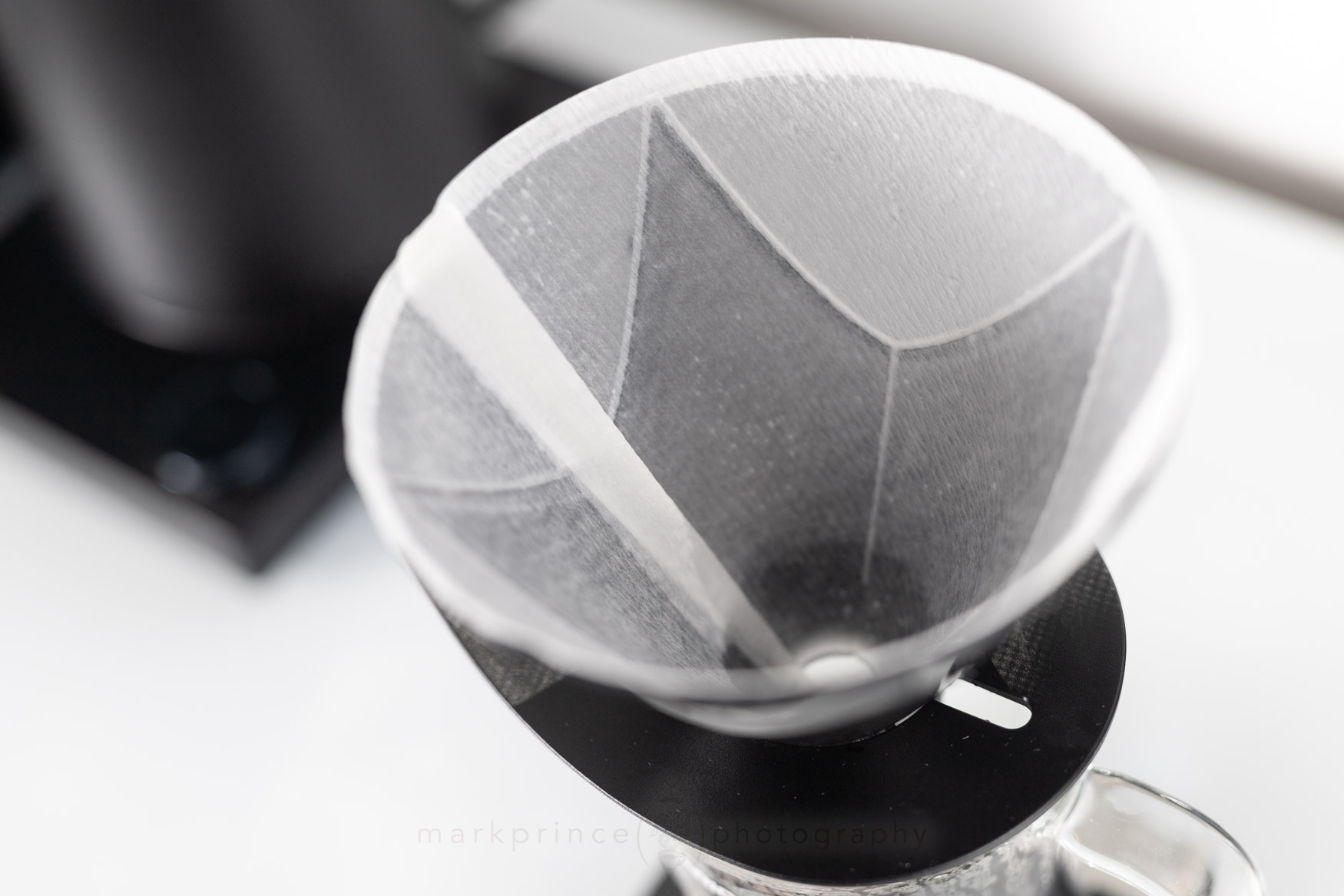
When Hario released the Mugen, they didn’t even acknowledge its ability or function as a no-bypass brewer: they just sold it as an easy, hands off brewer that used V60 filters, but you didn’t need fancy pour techniques for. But the Mugen is a no-bypass version of the V60 system (and also a smaller batch version of the Chemex).
As for the Chemex and AeroPress, you’ll struggle to find any mention of them as “no-bypass brewers” before 2021. But that’s exactly what they are: one used gravity, the other could use gravity, but relied more on applied pressure to complete the brewing process.
What makes the Chemex a no-bypass brewer? The fact that a) the folded cone filter adheres to the sidewalls of the brewer, blocking any water flow, save for a narrow pour spout channel, and b) the way you fold the Chemex is so that 3 layers of paper filter sit over the narrow channel (this was so the paper wouldn’t bend and fill in the channel, blocking all airflow); the side effect from this is, 3 layers of paper mean less liquid flows through that section of filter.
Indeed, you’ll often see reference to the Chemex requiring its own style of grind, one coarser than normal drip or pour over coffee. This is because as a no-bypass brewer, it can be much slower than a Melitta or V60 for brewing; to speed things up a bit, a coarser ground is required. If you use the grind recommended for some no-bypass brewers today in an 8 Cup Chemex, you’ll have a 12-15 minute brewing time, or what some refer to as a “stalled brew”.
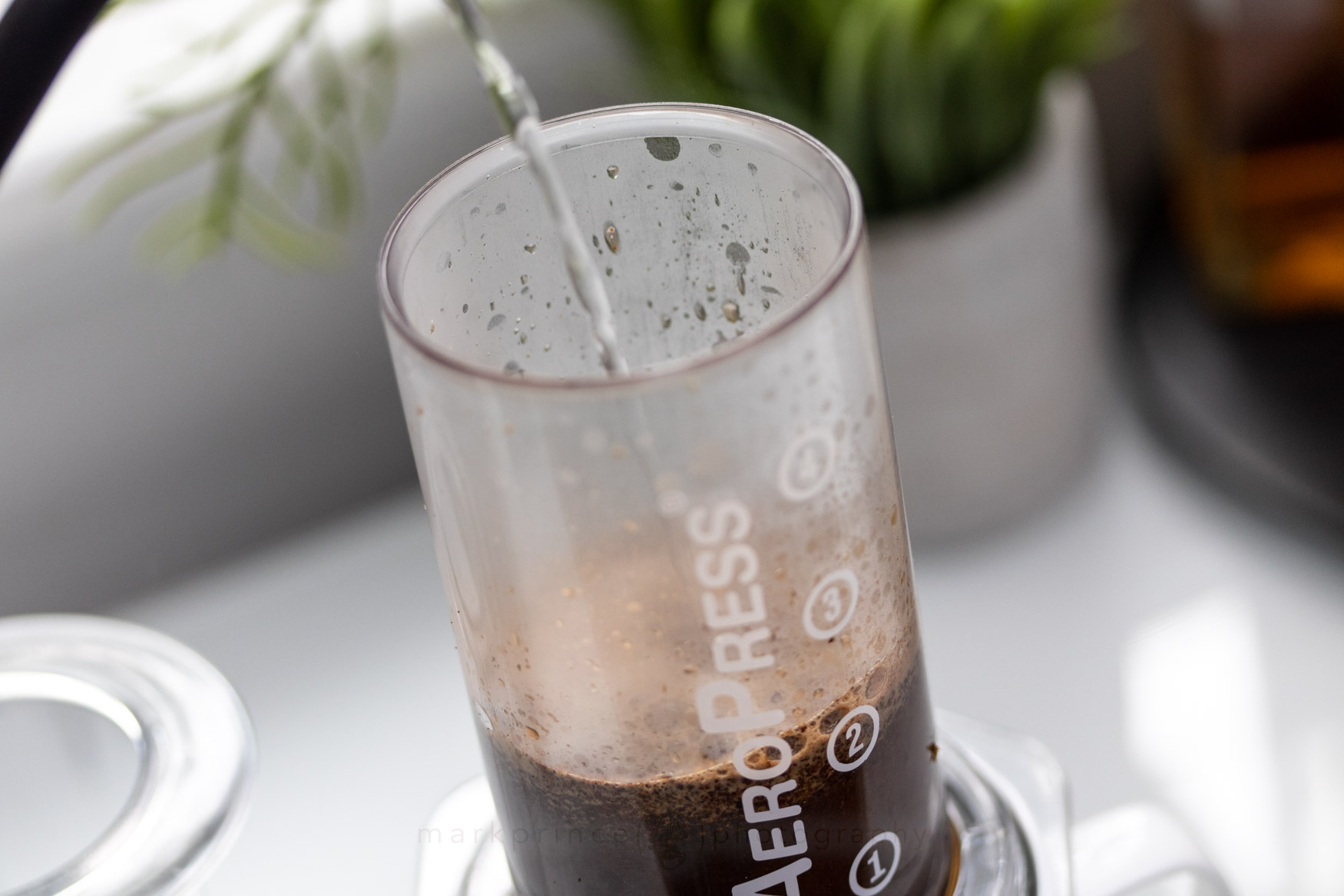
The AeroPress has been used as a no-bypass brewer in various ways since it first appeared nearly 20 years ago. Many people use it as a straight flow-through brewer, and our own blog contributor Alex Howe has been experimenting with this for some time. The biggest issue with the original AeroPress is its diameter: the more narrow it is, the longer a flow through brew will take. The new AeroPress XL and its larger surface diameter presents a new option here that should work a lot better.
No-Bypass Focus
We’ve been bit by the no-bypass trend and enthusiasm here at CoffeeGeek, and will be publishing a series of articles on the subject, including reviews and a few how tos. About a year from now, after all the experimentation, a new feature article on the subject will supplant this blog post.
We’ve reached out to almost every maker of current systems, including Tricolate, NextLevel, Melodrip, Ceado, Drobi, AeroPress, and Hario. (if I’ve missed any, please let me know in the comments below).
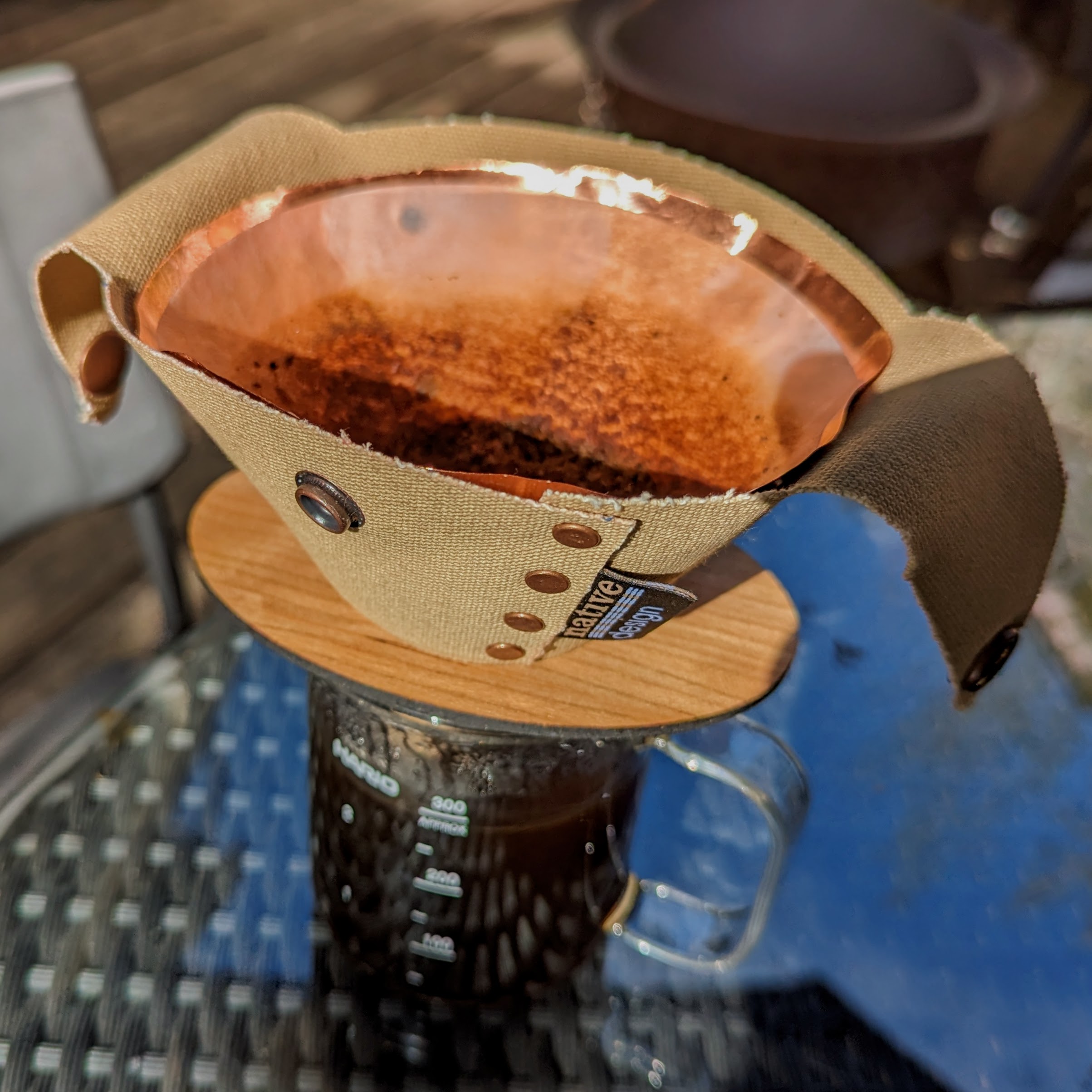
We were able to get brewers from Ceado (the Hoop), NextLevel (the LVL-10 and the new Pulsar), AeroPress (the XL model), and Hario (the Mugen, which we fitted to a Hario Switch), and we’re adding two additional devices. First, an ultra portable brewer from Native Design (the Expedition Brewer) which has the side benefit of being a no bypass cone filter brewer. Second, the Espro Bloom brewer, which is by defacto a no-bypass brewer when you use it without paper filters.
Each product will be reviewed here on CoffeeGeek and compared to the other products in this brewing category.
The Melodrip Colum is not ready for production, and the company is not sending brewers out yet. Tricolate and Drobi did not return our emails and followups. (if they are reading this, we’d still like to hear from you).
We’ll also have a beginner’s guide to no-bypass brewing in general, and two how tos on using the Chemex and AeroPress XL as a no-bypass brewers. If you would like to see other features on this brewing method, please let us know in the comments below.
For now, time to experiment and explore!




